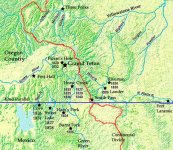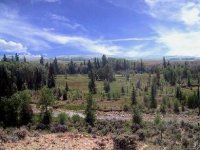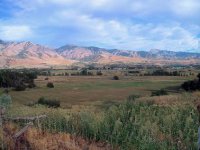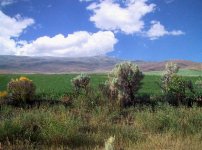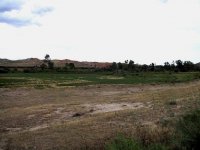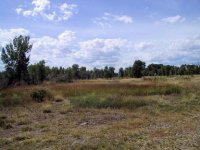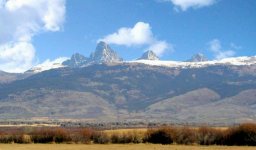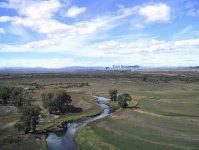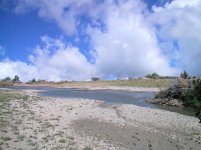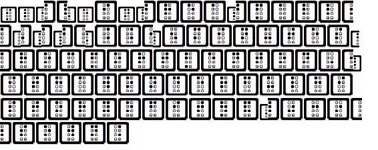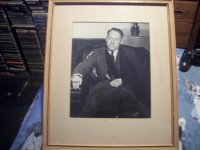Gypsy Heart
Gold Member
All the rendezvous were held west of the Continental Divide with the exception of the 1829, 1830, and 1838 rendezvous. Six of the sixteen rendezvous were held outside the United States in territory belonging to Mexico. Except for two sites in Utah and one in Idaho, all of the rendezvous were held in Wyoming; six of the sixteen rendezvous were held on Horse Creek in the Green River Valley near present-day Daniel, Wyoming. Another point of interest is that all of the rendezvous were held in the territory of the Shoshone, or Snake, Indians.
1825 Burnt Fork, Wyoming
N41° 2' 33.1" W109° 59' 39.2
July 1, 1825, on Henry’s Fork of the Green River, Ashley wrote:
On the 1st day of july, all the men in my employ or with whom I had any concern in the country, together with twenty-nine, who had recently withdrawn from the Hudson Bay company, making in all 120 men, were assembled in two camps near each other about 20 miles distant from the place appointed by me as a general rendezvous, when it appeared that we had been scattered over the territory west of the mountains in small detachments from the 38th to the 44th degree of latitude, and the only injury we had sustained by Indian depredations was the stealing of 17 horses by the Crows on the night of the 2nd april, as before mentioned, and the loss of one man killed on the headwaters of the Rio Colorado, by a party of Indians unknown.
Part of Ashley’s one hundred and twenty men were at least twelve men with Etienne Provost from Taos and possibly other Indians besides those that had defected from Peter Skene Ogden of the Hudson’s Bay Company with seven hundred pelts.
Ashley left the day after the gathering and took his furs over South Pass and down the Bighorn Canyon to near present Thermopolis, Wyoming. The furs were loaded into bullboats and floated down the Bighorn and the Yellowstone rivers to the Missouri River where Ashley met the Atkinson-O'Fallon Expedition. General Henry Atkinson and Indian agent Benjamin O’Fallon had come up the Missouri in a paddle wheeler to negotiate treaties with the various Indian tribes along the Missouri River, and they hauled William Ashley’s furs to St. Louis.http://www.thefurtrapper.com/rendezvous_sites.htm
1825 Burnt Fork, Wyoming
N41° 2' 33.1" W109° 59' 39.2
July 1, 1825, on Henry’s Fork of the Green River, Ashley wrote:
On the 1st day of july, all the men in my employ or with whom I had any concern in the country, together with twenty-nine, who had recently withdrawn from the Hudson Bay company, making in all 120 men, were assembled in two camps near each other about 20 miles distant from the place appointed by me as a general rendezvous, when it appeared that we had been scattered over the territory west of the mountains in small detachments from the 38th to the 44th degree of latitude, and the only injury we had sustained by Indian depredations was the stealing of 17 horses by the Crows on the night of the 2nd april, as before mentioned, and the loss of one man killed on the headwaters of the Rio Colorado, by a party of Indians unknown.
Part of Ashley’s one hundred and twenty men were at least twelve men with Etienne Provost from Taos and possibly other Indians besides those that had defected from Peter Skene Ogden of the Hudson’s Bay Company with seven hundred pelts.
Ashley left the day after the gathering and took his furs over South Pass and down the Bighorn Canyon to near present Thermopolis, Wyoming. The furs were loaded into bullboats and floated down the Bighorn and the Yellowstone rivers to the Missouri River where Ashley met the Atkinson-O'Fallon Expedition. General Henry Atkinson and Indian agent Benjamin O’Fallon had come up the Missouri in a paddle wheeler to negotiate treaties with the various Indian tribes along the Missouri River, and they hauled William Ashley’s furs to St. Louis.http://www.thefurtrapper.com/rendezvous_sites.htm


